Update: This article describes my initial thoughts on a proportional voting system involving exactly two MPs per riding. I later found out about Dual Member Proportional (DMP) a fully developed system similar in essence to the one described here.
The country of Adanac has recently held its first election using a new voting system called Cooperative Proportional. In this system, every riding elects two MPs who cooperate to serve their constituents’ needs. Since Adanac has 10 ridings, its House of Commons has 20 seats.
Adanac House of Commons – Initially empty:
Adanac has three political parties, Purple, Yellow, and Aqua. The parties compete in every riding. Let’s look at how many votes each party received in each riding in the recent election.
Number of votes cast for each party in each riding:
After all votes were counted, the candidate with the most votes in each riding was elected. In the riding of Yoho, for example, the Yellow party candidate was elected after receiving 350 votes, a greater number than Purple’s 310 votes or Aqua’s 140. This initial phase reminded Adanac voters of their old First Past the Post system. But with the new Cooperative Proportional system, only half the seats in the House of Commons were filled in this manner.
Adanac House of Commons – After First Past the Post phase:
The first 10 elected MPs were a reflection of the voters’ first choices in each riding. But did they reflect the popular vote across all ridings?
Popular vote:
The Yellow party received only 36% of the popular vote, but gained a majority of the initial seats (6 out of 10). With 44% of the popular vote, the Purple party actually received more votes in total despite gaining fewer seats (only 4 out of 10). The Aqua party received 20% of the popular vote, but gained no seats whatsoever. Such discrepancies between the popular vote and the seat distribution were typical of elections in Adanac before they changed their voting system. Fortunately, the voters now have a Cooperative Proportional system that elects a second MP in every riding based on each party’s actual level of support.
In order to be elected as the second MP in a riding, a candidate must acquire a top-up seat from his/her party. The number of top-up seats awarded to each party depends on both the popular vote and the number of seats already won. With 36% of the popular vote, the Yellow party earned 7 seats out of 20. Because they won 6 in the first phase, they were awarded 1 top-up seat. The Purple party earned 9 seats based on their 44% of the popular vote. Since they won 4 seats in the first phase, they received 5 top-up seats. With no seats won at the riding level, the Aqua party was awarded 4 top-up seats based on their 20% of the popular vote.
The first MP elected in each riding is called the “representative”. The second MP is called the “co-representative”. Below is what the final House of Commons looked like after the 5 Purple, 1 Yellow, 4 Aqua co-representatives were elected.
Adanac House of Commons – Final distribution of seats:
This final distribution of seats matches the popular vote almost exactly.
In the riding of Yoho, supporters of the Purple party were happy to see their candidate win the co-representative positon. She placed just barely behind the Yellow party, and would have been eliminated under the old First Past the Post system. Under the new system, the support she received gained her a top-up seat from the Purple party. As a result, both Purple and Yellow party supporters in Yoho have their views represented in the House of Commons.
In Gros Morne, Purple party supporters were initially disappointed to see their candidate eliminated despite placing 2nd. They also questioned whether the Yellow deserved to win both seats. To understand why this happened, let’s look at the ballot for Gros Morne.
The ballot:
Under Cooperative Proportional, candidates run in teams of two. The first of the two is called simply the “candidate”. The second is called the “co-candidate”. Initially, all votes are assigned to the candidate. So Hayley, Simon, and Clara started off with all of their teams’ votes. Hayley from the Purple party had 160 votes. But Simon from the Yellow party won the riding with 380 votes, 220 votes more than Hayley.
After Simon was elected, the rules of Cooperative Proportional mandated that Simon’s co-candidate Danielle receive the 219 extra votes that Simon didn’t actually need to win. With 219 votes, Danielle won her party’s top-up seat. With only 160 votes, Hayley was eliminated. The voters of Gros Morne ultimately accepted that Simon and Danielle deserved both seats due to their landslide victory.
Let’s have a look at the outcome in every riding. Observe that in ridings with close 2-way races, both team’s candidates were elected. In ridings where almost all votes went to a single party, the winning team typically gained both seats.
Representatives (REP.) and co-representatives (CO-REP.) in each riding:
In the ridings of Fundy and La Mauricie, supporters of the Purple party were confused at first about why the Aqua party picked up the co-representative seats despite placing 3rd. It’s true that the Purple party placed 2nd in both ridings. But the Purple party only had 5 top-up seats based on their share of the popular vote. Of these 5 top-up seats, 3 went to the Yoho, Wapusk, and Wood Buffalo candidates who won higher percentages of their ridings’ votes. The other 2 top-up seats went to the Purple co-candidates in Grasslands and Pukaskwa where the party won landslide victories. The Purple party simply had no top-up seats left to give to their Fundy and La Mauricie candidates, so the Aqua candidates picked up those seats instead.
Ultimately, the Purple party voters of Fundy and La Mauricie accepted the fact their party won less support in their ridings than in other ridings. Despite this disappointment, they were happy to end up with representatives from two different parties, either of whom can be approached by any constituent.
With a House of Commons that now reflects both their local preferences and the popular vote, the people of Adanac are pleased with their new Cooperative Proportional voting system.
Learn more about Cooperative Proportional:
Learn more about other proportional voting systems:
Please comment!
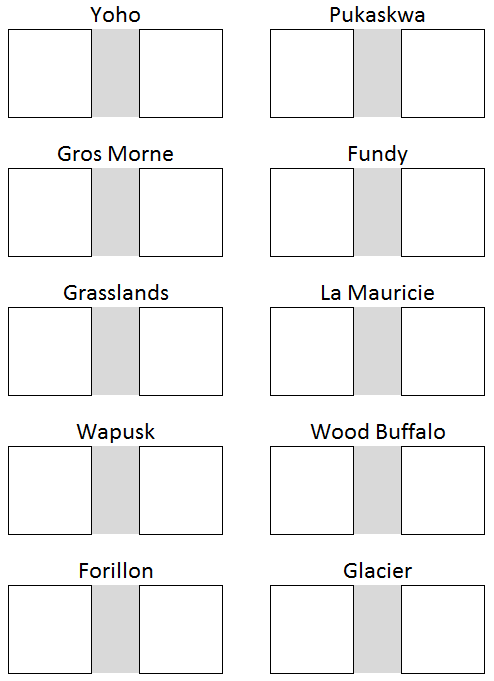
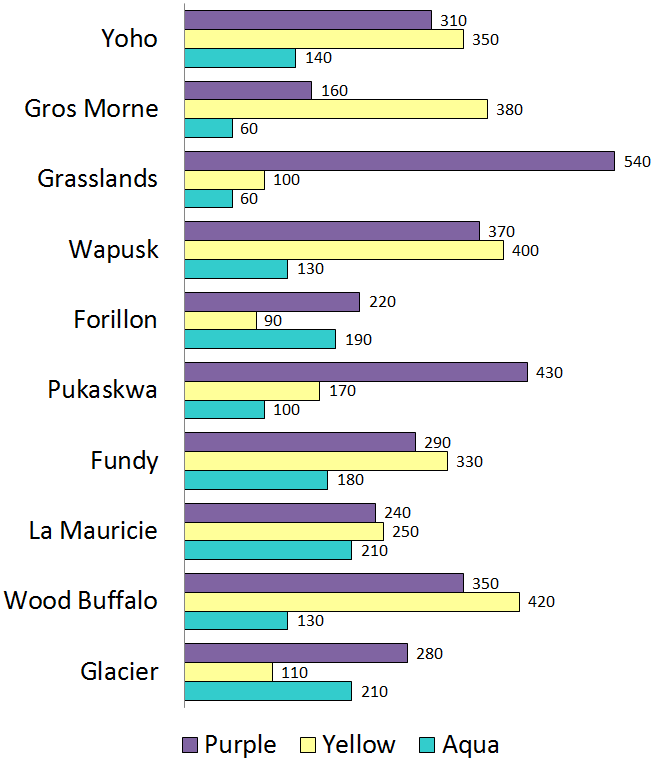
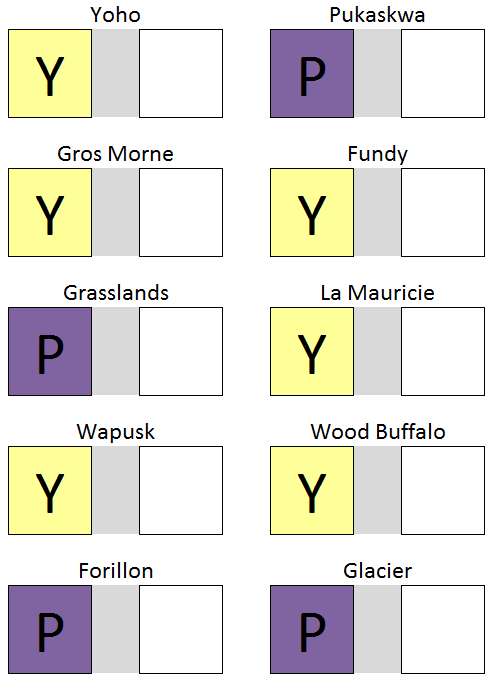

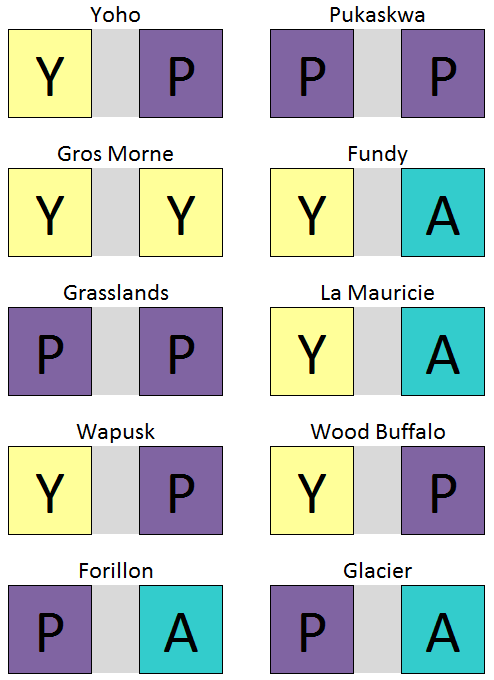
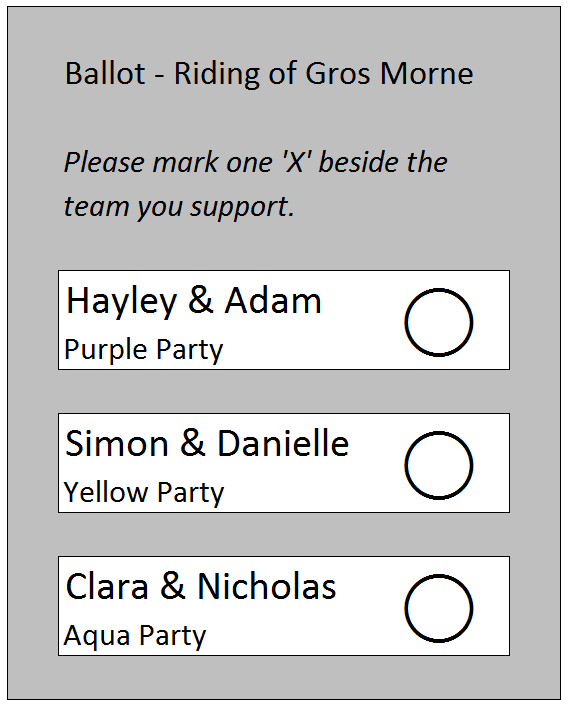
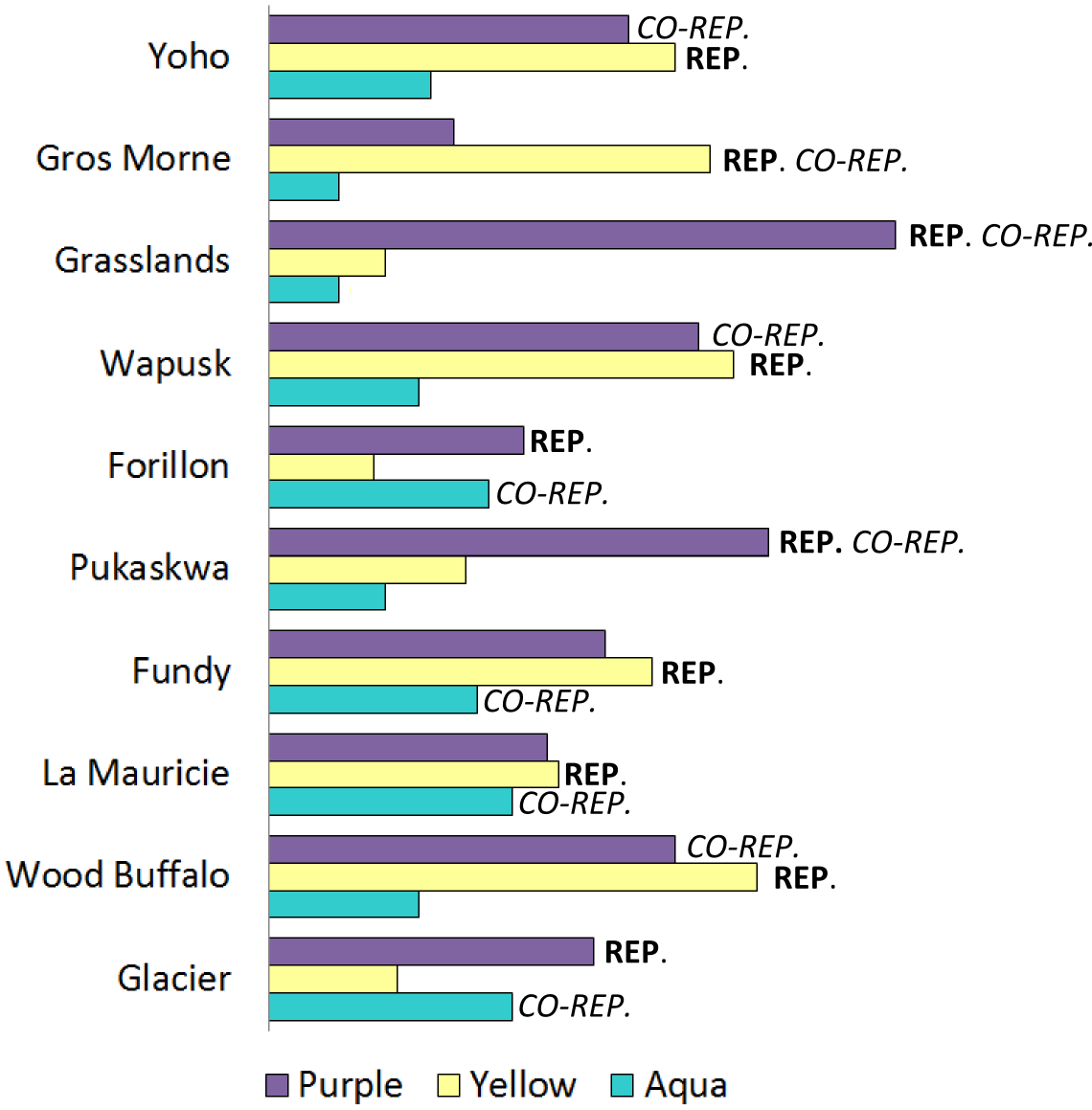
1 Comment